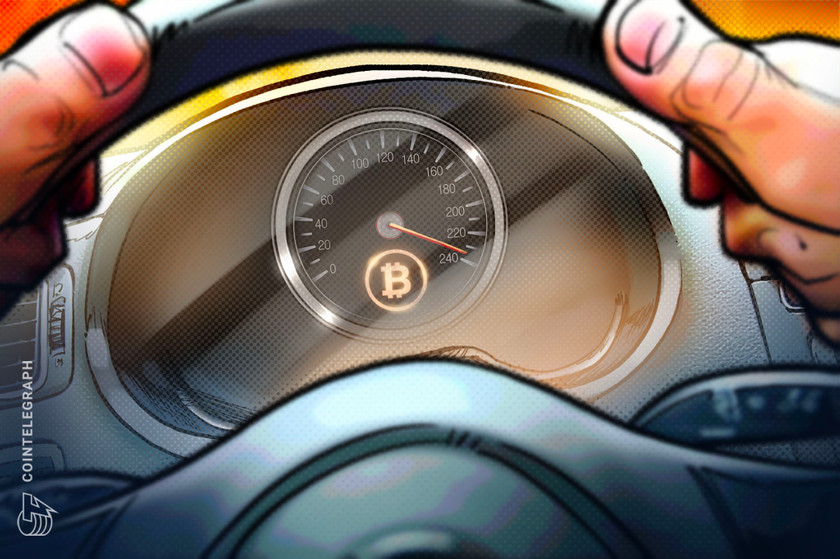
The hype around Bitcoin Ordinals and BRC-20 tokens is unsustainable and will fade away in a matter of months, according to JAN3 CEO Samson Mow.
The latest hype around Bitcoin (BTC) Ordinals and BRC-20 tokens is unsustainable and will fade away in a matter of months, according to JAN3 CEO Samson Mow.
“These guys are basically paying massive amounts of fees that go directly to Bitcoin miners, and there is no way this can be sustained," Mow said in an exclusive interview with Cointelegraph.
"They will fade away after even months, let's not talk about years here," he continued.
Growing activity around Ordinals and BRC-20 – a crypto technology that allows users to mint fungible and non-fungible tokens on the Bitcoin blockchain – is the main cause provoking a spike in transaction fees, which resulted in the congestion of the Bitcoin network.
Related: Bitcoin BRC-20 token standard becomes new destination for meme tokens
While many members of the Bitcoin community see Ordinals as a use-case that could boost Bitcoin adoption, Mow considers them just as spam clogging the network.
"These are just short-term money grabs similar to most things on competing chains like Ethereum and Solana," he pointed out.
To Mow, mass adoption of Bitcoin will happen because of its use case as a saving technology and as a means of exchange, not because of “people minting JPEGs and sticking them in the chain.”
To learn more about Mow's argument against Ordinals, watch the full interview on our YouTube channel. Don’t forget to subscribe!
Magazine: $3.4B of Bitcoin in a popcorn tin — The Silk Road hacker’s story




















